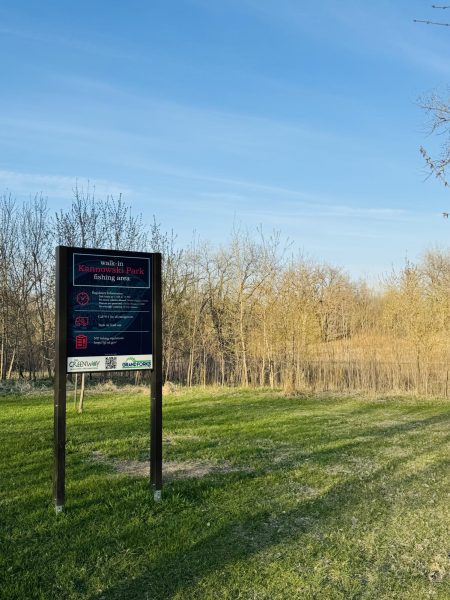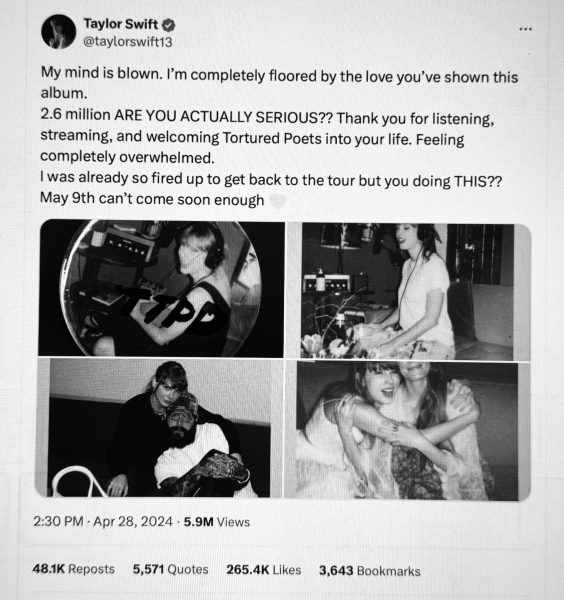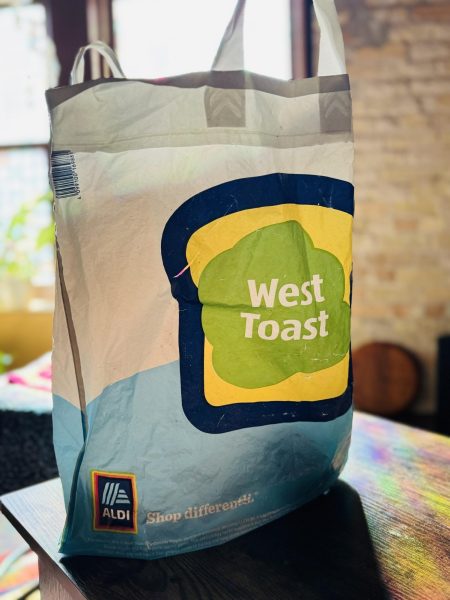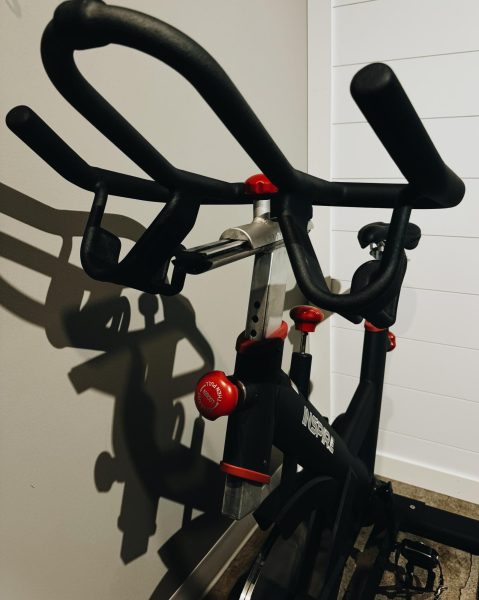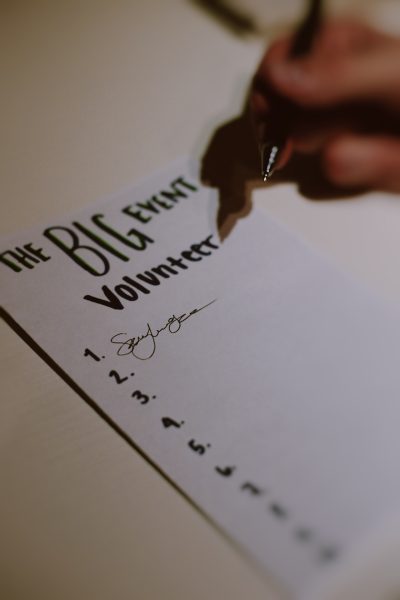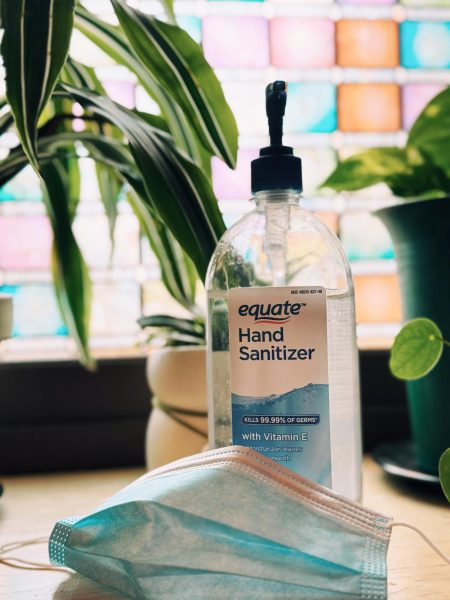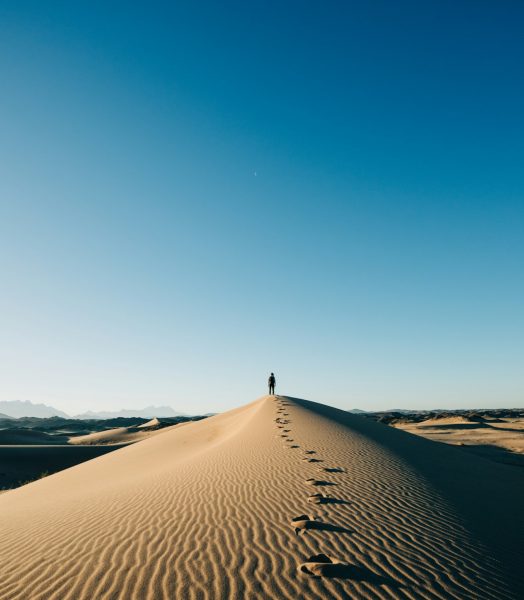Letters to the editor
Preserving this Landscape for Future Generations
For the past 25 years, I have had the great pleasure of calling North Dakota my home. I have always been proud of my roots and am so glad that I chose to stay and build my life here. However, our state has come to a crossroads — a place where we have big decisions to make that will shape the future of our landscape for coming generations.
The development we have seen in recent years has brought great attention to our state and has strengthened our economy to rival any other in the country. We continue to have increased job growth, low unemployment and business opportunities never before experienced in this state. I was recently reading an article about why so many young professionals are choosing to make their homes here in North Dakota, finding stable careers and financial security to raise their families. These are all fantastic traits of the state, and I’m proud of them. However, many of us continue to stay here for quality of life reasons and others choose to visit for those same reasons.
Those of us who’ve long enjoyed this prairie state know how valuable and precious our lakes, grasslands and natural resources are and how much we love to hunt, fish and simply enjoy the great outdoors. My fear is that the push for development continues to outweigh those priceless resources. Not only will we see great future detriment to the outdoor heritage we love, I am afraid that we already have.
For all of these reasons, I am proud to support the Clean Water, Wildlife, and Parks measure. The development in Western North Dakota has created unprecedented budget growth. Seven months into the current biennium, our revenue has already exceeded forecasts by $150 million. It is high time we use this financial opportunity to make serious investments into conserving our landscape for future generations, before it is too late. Not only will these funds be used to protect our natural resources and outdoor heritage, they will allow us to protect our clean water sources, provide natural flood controls, and provide further recreational opportunities with parks and trails. These are all needs that we can agree upon. We must balance this valuable economic growth with preserving our ever deteriorating landscape. The future of North Dakota, as we know it, depends on it.
Rep. Kylie Oversen
District 42, Grand Forks
UND Alumna
Voter interest
On the front page of last Friday’s Dakota Student, there was an article about voter interest. I disagree with the article’s contention that “voter interest remains low.”
The article may seem to imply that only three percent of the student body plans on voting in the upcoming elections. The survey indicated that 35.35 percent (490 of 1386 respondents) plan on voting. The sample size is nine percent of the population, which is statistically significant. If we apply the sample to the population, then 5,354 students (35.35 percent of 15,143 students) could be predicted to vote in the upcoming election, which is a whole lot more than just 490. 5,354 voters would be more than two and a half times the number who voted in last year’s elections (2,077 votes, or 14 percent of last year’s student body).
The DS View from Friday mentioned the Tuesday Twos are not random, so the results are not necessarily representative of the entire population. However, the sample is roughly 10 percent of the population, and a large sample size such as this partially offsets the representation bias.
Additionally, this year’s elections committee has made a strong effort to increase awareness of the upcoming Student Government elections. The committee has also made the decision to have three physical voting locations this year (Wilkerson, Gamble, and the Union), compared to one or none during previous years.
We have more candidates (29) for Student Government positions than any previous year on record. Those candidates will also be working to get students to vote, which should increase voter turnout even more.
Voter interest does not remain low; it is poised to be higher than any previous year on record. The survey indicates that voter interest is over 250 percent greater than last year, and the number of applicants for positions shows that interest in Student Government is at an all-time high. Could voter interest be higher? Sure. But are we taking huge strides in the right direction? Absolutely.
Alan Oberg
student senator



